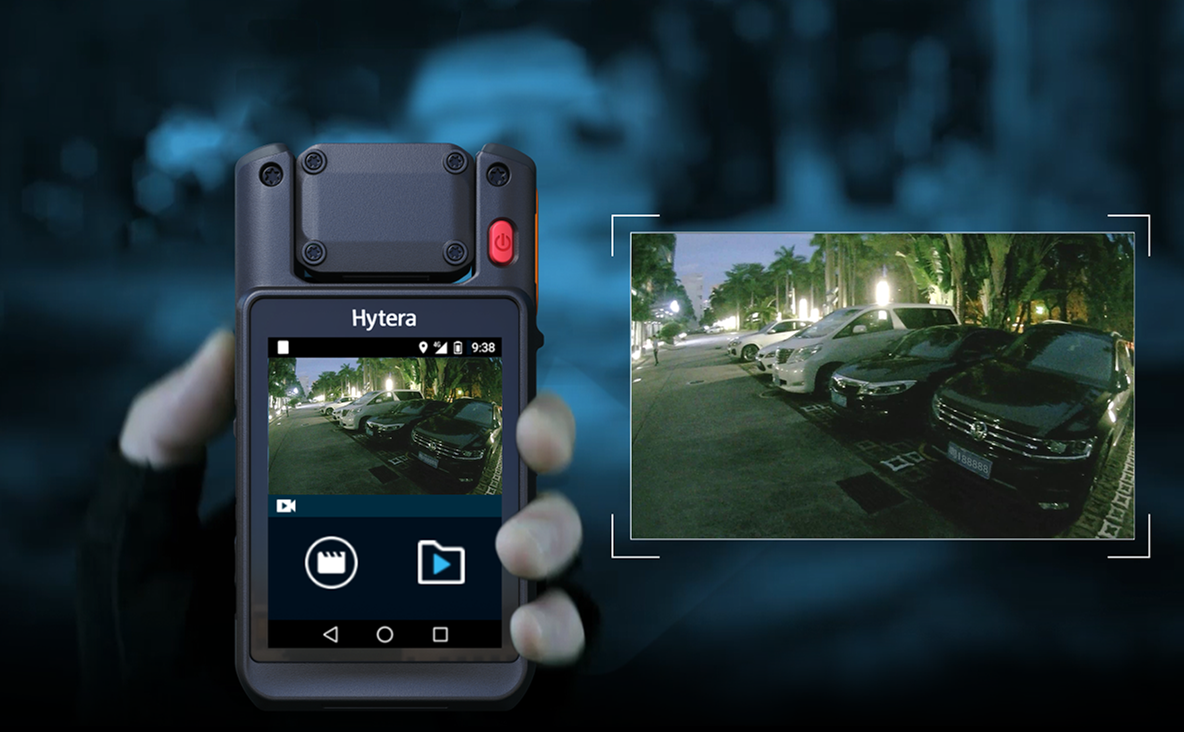Infrared Night Vision vs. Starlight Night Vision
Bodycam
Body-worn cameras (BWCs) are invaluable tools for law enforcement, offering transparency and accountability. When it comes to night vision, understanding the difference between infrared and starlight technology is crucial for choosing the right solution.

How They Work
Infrared Night Vision:
1, How it Works: Captures infrared thermal radiation to create black and white images.
2, Advantages: Ideal for complete darkness, long-distance visibility, and covert operations.
3, Disadvantages: Images are in black and white and may lack detail in certain situations.
4, Best for: Surveillance in complete darkness, capturing license plates or identifying faces at night.
Starlight Night Vision:
1, How it Works: Utilizes minimal ambient light to create color images in low-light environments.
2, Advantages: Produces color images, suitable for daily patrols and low-light investigations.
3, Disadvantages: Color effect diminishes in extremely low light, switching to infrared (black and white).
4, Best for: Patrols, investigations, and any situation where color vision is important.
Advantages and Disadvantages
Infrared Night Vision:
1, Advantages: In situations where law enforcement officers need effective recording in complete darkness (such as capturing license plates or human faces), infrared night vision is essential. It offers long-distance visibility, good concealment, and stable performance. When a police officer is in a completely dark environment, in order not to avoid being discovered, a law enforcement instrument with infrared functionality can be used to observe and record evidence, at this moment, the law enforcement instrument is not only an "eye" in the dark, but also a weapon to retain evidence.
2, Disadvantages: The presented image is black and white, which may not provide enough detail for certain scenarios.
Starlight Night Vision:
1, Advantages: Starlight Night Vision requires only minimal ambient light. It provides color images in low-light environments, making it suitable for police officers during daily patrols in streets, parking lots, bars, parks and other low light or no light environment requiring high-definition picture quality use scenarios. Starlight Night Vision helps them see their surroundings clearly and identify potential threats. When investigating a crime scene, the Starlight Night Vision function can capture details in a low-light environment, to help collect evidence and restore the truth of the incident.
2, Disadvantages: The color effect is not always present. When external brightness falls below the threshold, the camera switches back to infrared night vision (black and white).
As technology advances, both infrared and Starlight Night Vision devices are expected to improve. Innovations like AI-enhanced image processing will enhance image quality in low-light conditions.
Additionally, hybrid night vision technologies combining infrared and starlight capabilities are becoming more common, offering optimal performance across varying light conditions.
Hytera is dedicated to providing law enforcement with cutting-edge BWC solutions that meet their evolving needs. Our cameras incorporate advanced night vision technology to ensure clear and reliable evidence collection in any lighting condition





